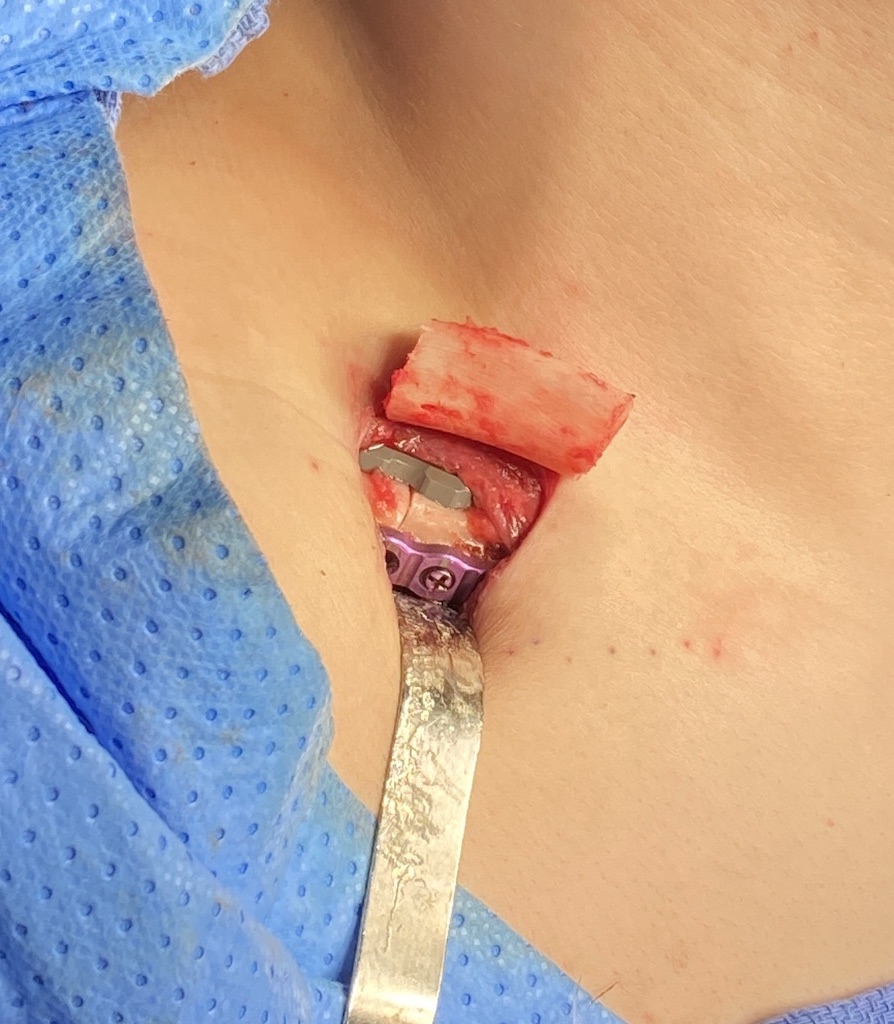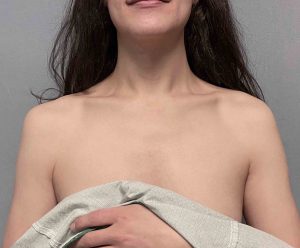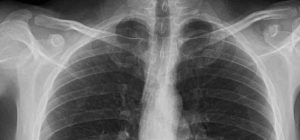Background: Shoulder reshaping by changing the length of the clavicle is a new procedure for the treatment of various forms of shoulder dysphoria. It has been used far more commonly for shoulder narrowing than shoulder lengthening. Enough clinical cases for shoulder narrowing have been done that it has been shown that the procedure is safe and can go on to successful bone healing. But beyond the important need for good bone healing the pertinent questions for any patient are effectiveness, scar healing and the return of normal arm range of motion.
One way to answer these basic questions is to look at a typical shoulder narrowing patient who is on the way to a complete recovery from the surgery.
Case Study: This young female was tall and unhappy with her broader/more square shoulder shape. Her bideltoid distance was 48cms.
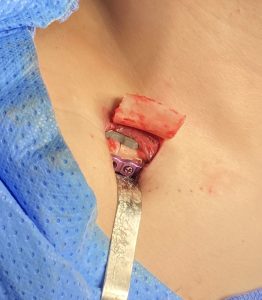

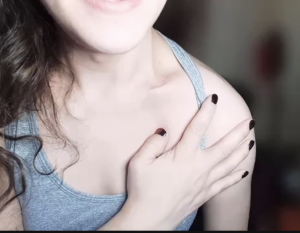
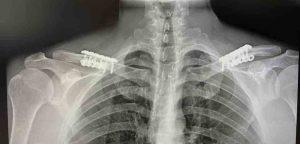
The determination of effectiveness in shoulder narrowing surgery is highly individualized and numbers (decreased bideltoid distance) provides some quantitative measure. But in the end what counts most is how do the shoulders look and the level of patient satisfaction with the change. Prior patient before and after surgery measurements showed that the amount of clavicle bone removed translated into a .85 to .9 decrease in bideltoid distance. I would not expected a 1:1 relationship int the change as the bone is removed at a distant location from where the desired effects is to be seen.
Most supraclavicular incisions and the resultant scars heal well and the need for subsequent scar revision appears to be very low. Placing the incision in the thinner skin of the fossa and having it placed behind the prominence of the clavicle lead to good scar healing. The use of topical scar treatments are easy to do and can only help with the long-term scar appearance.
By one month after the surgery arm motion is permotted/has returned that most normal activities of daily living can be done. Working out and sporting activities that involve signficant arm motion and weight bearing awaits the two month postoperative time period.
Case Highlights:
1) Shortening the length of the clavicle by segmental bone removal in its inner half has been shown to produce a favorable reeductive shoulder reshaping procedure.
2) Most patients have 90 degree arm elevation by 4 weeks after surgery and near normal arm range of motion by 6 weeks after surgery.
3) Compared to preoperative x-rays clavicle length reduction increases the acromio-clavicular joint space in the short term postoperative period. Whether that persists in the long term is not yet known.
Dr. Barry Eppley
Indianapolis, Indiana

